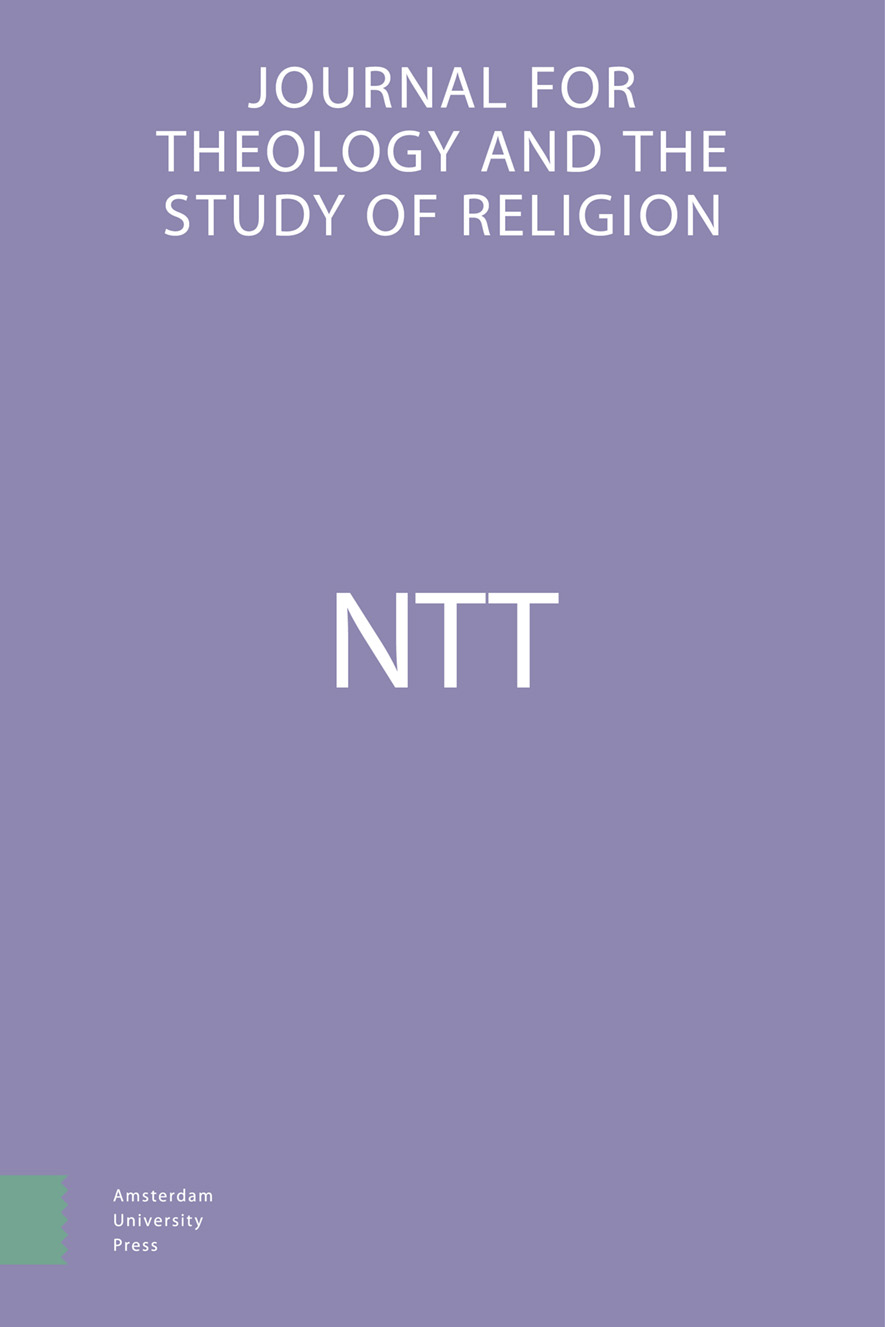-
oa Contesting the Past: Israelite and Judahite Narratives of Migration
- Amsterdam University Press
- Source: NTT Journal for Theology and the Study of Religion, Volume 79, Issue 1, Apr 2025, p. 17 - 36
-
- 01 Apr 2025
Abstract
Biblical traditions provide evidence of the pervasiveness of displacement in ancient Israel and Judah. This paper focuses on migration in the sixth century BCE, when the Babylonians’ conquest of Jerusalem led to the deportation of many of its inhabitants to Mesopotamia, as well as to repeated mass displacements in the Levant. In particular, this article examines how Israelite and Judahite identities were affected by these experiences and how Judah’s destruction was explained in different ways by different migrant groups, as evidenced by passages in Ezekiel and Jeremiah. Moving away from the idea of a monolithic Israelite/Judahite exilic experience, it highlights the diverse responses to population displacement in the narratives preserved in the Hebrew Bible and their impact on Judahite identity formation.



